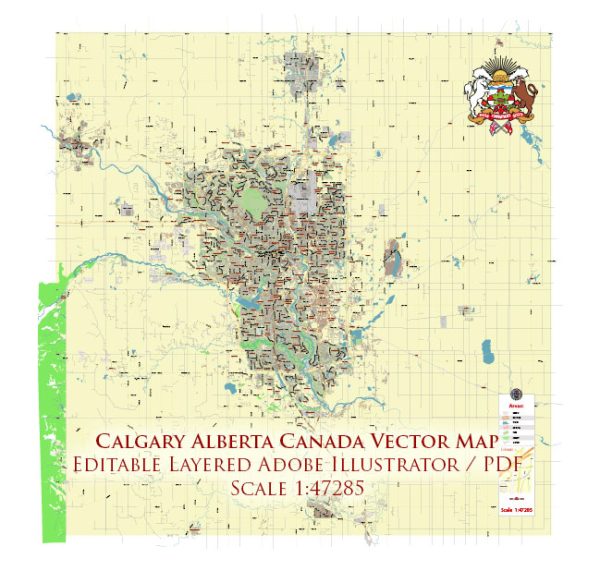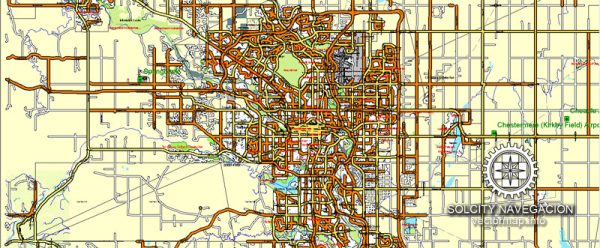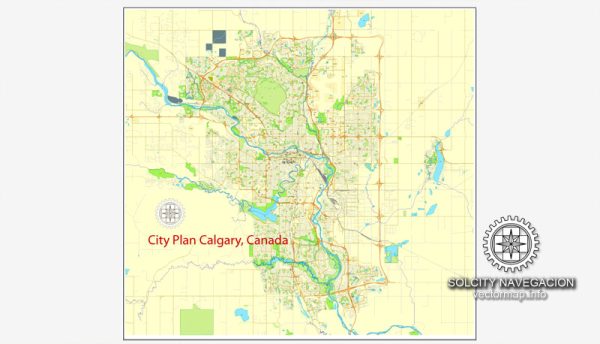Calgary, located in Alberta, Canada, has a rich and diverse history that has shaped it into the vibrant city it is today. Here’s a brief description of Calgary’s history:
- Indigenous Peoples: The Calgary area has a long history of Indigenous occupation, with various Indigenous groups, including the Blackfoot, Stoney Nakoda, and Tsuut’ina, living in the region for centuries. The confluence of the Bow and Elbow Rivers, where Calgary is situated, was a significant gathering and trading place for these Indigenous communities.
- The North-West Mounted Police: In 1875, the North-West Mounted Police (NWMP), a precursor to the Royal Canadian Mounted Police (RCMP), established a fort at the confluence of the Bow and Elbow Rivers to maintain law and order in the Canadian West. This fort was named Fort Calgary after Calgary Bay in Scotland.
- The Canadian Pacific Railway: The arrival of the Canadian Pacific Railway in 1883 was a pivotal moment in Calgary’s history. The railway connected Calgary to the rest of Canada and opened up the region for settlement and economic development. Calgary quickly grew into a bustling hub for cattle ranching, agriculture, and trade.
- The Calgary Stampede: In 1912, the Calgary Stampede was first held, an annual rodeo and exhibition that celebrates the city’s western heritage. The Stampede has become one of the city’s most iconic events and is known as “The Greatest Outdoor Show on Earth.”
- Oil Boom: The discovery of oil in the nearby Turner Valley in the 1930s and later in the Leduc oil fields in the 1940s marked the beginning of a significant oil boom for Calgary. This led to the city becoming an important center for the oil and gas industry, as well as a major financial and corporate hub in Canada.
- Growth and Modernization: Calgary’s population and economy continued to grow rapidly throughout the 20th century, leading to the construction of modern infrastructure, including skyscrapers, cultural institutions, and a thriving arts scene.
- Winter Olympics: In 1988, Calgary hosted the Winter Olympics, which brought international attention and development to the city. The legacy of the Olympics can still be seen in the city’s sports facilities and winter sports culture.
- Diverse Population: Calgary is known for its diverse and multicultural population, with people from all over the world calling it home. This diversity is reflected in the city’s culinary scene, festivals, and cultural institutions.
Calgary’s history is marked by its transformation from a small NWMP outpost to a dynamic and modern city with a strong economy, diverse culture, and a deep connection to its western heritage. The city’s growth and development continue to shape its identity and make it a prominent urban center in Canada.







 Author: Kirill Shrayber, Ph.D.
Author: Kirill Shrayber, Ph.D.